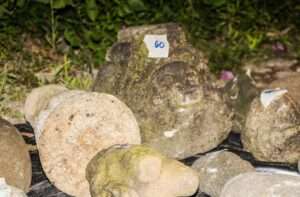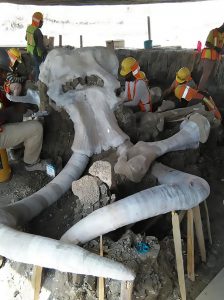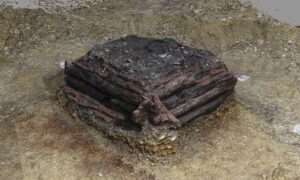Story By: Ana Lacasa, Sub Editor: Joseph Golder, Agency: Newsflash
These images show the newly-presented remains of an animal dubbed the ‘South American yeti’ which lived in the mountains and whose claws could reach the same size as a small car.
According to the group of palaeontologists, the animal is a ‘giant sloth bear’ with the scientific name is Oreomylodon wegneri and lived in the mountains of Ecuador at heights above 2,500 metres above sea level.
The giant sloth bear, labelled the ‘South American yeti’ in local media, weighed around one tonne and had a huge nose and claws adapted to life in the low temperatures of the high mountains.
The researchers say the now-extinct animal would have lived in central and northern Ecuador.
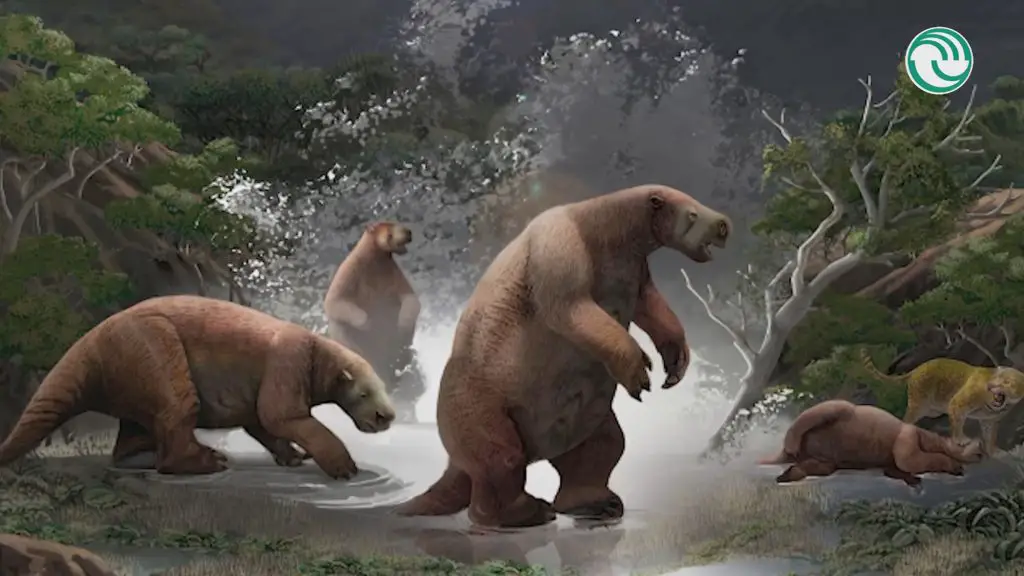
The remains found by the team reportedly allowed them to rebuild its body completely.
Luciano Brambilla, a researcher from the Interdisciplinary Studies Center of the University of Rosario and Conicet said: “It has previously unknown characteristics, especially its big nose, adapted so that it could live in low temperatures and the climate of the mountains.”
The bear’s huge claws are said to have been able to grow up to two metres long, around the same size as a small car.
Jose Luis Roman Carrion, an Ecuadorian palaeontologist from the Polytechnic School of Quito, said: “10,000 years ago, in the mountain and valley area where these remains were found, there were pastures, but the climate was around six or seven degrees colder than currently and the ecosystem had glacial lakes.”
The fossilised remains were found throughout the last century but they have only now been confirmed as belonging to a unique species.
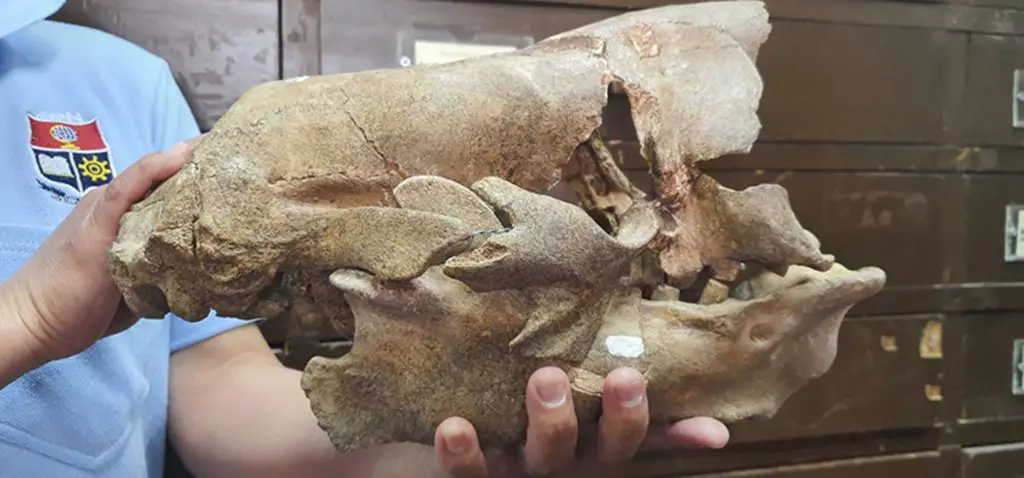
Paleontologist Roman Carrion said the sloth bears had a wider nose tha other giant sloths, allowing them to “wet the dry and air and maintain humidity while exhaling”.
The sloth bears reportedly had an extremely developed sense of smell which could have made interactions between males and females easier, as well as the marking of territory.
The bears were herbivorous and could possible have been used by ancient humans for food.
The remains of three adults and a cub were found at an archaeological site in the capital city of Quito in 2008 and Roman Carrion says: “The discovery of the three animals in the same place makes us believe that they lived in groups, information that is new for all land-dwelling sloth bears”.
It is believed the changes which occurred during the Ice Age 10,000 years ago led to the extinction of the animal.
The ViralTab page is created by and dedicated to professional, independent freelance journalists. It is a place for us to showcase our work. When our news is sold to our media partners, we will include the link here.

